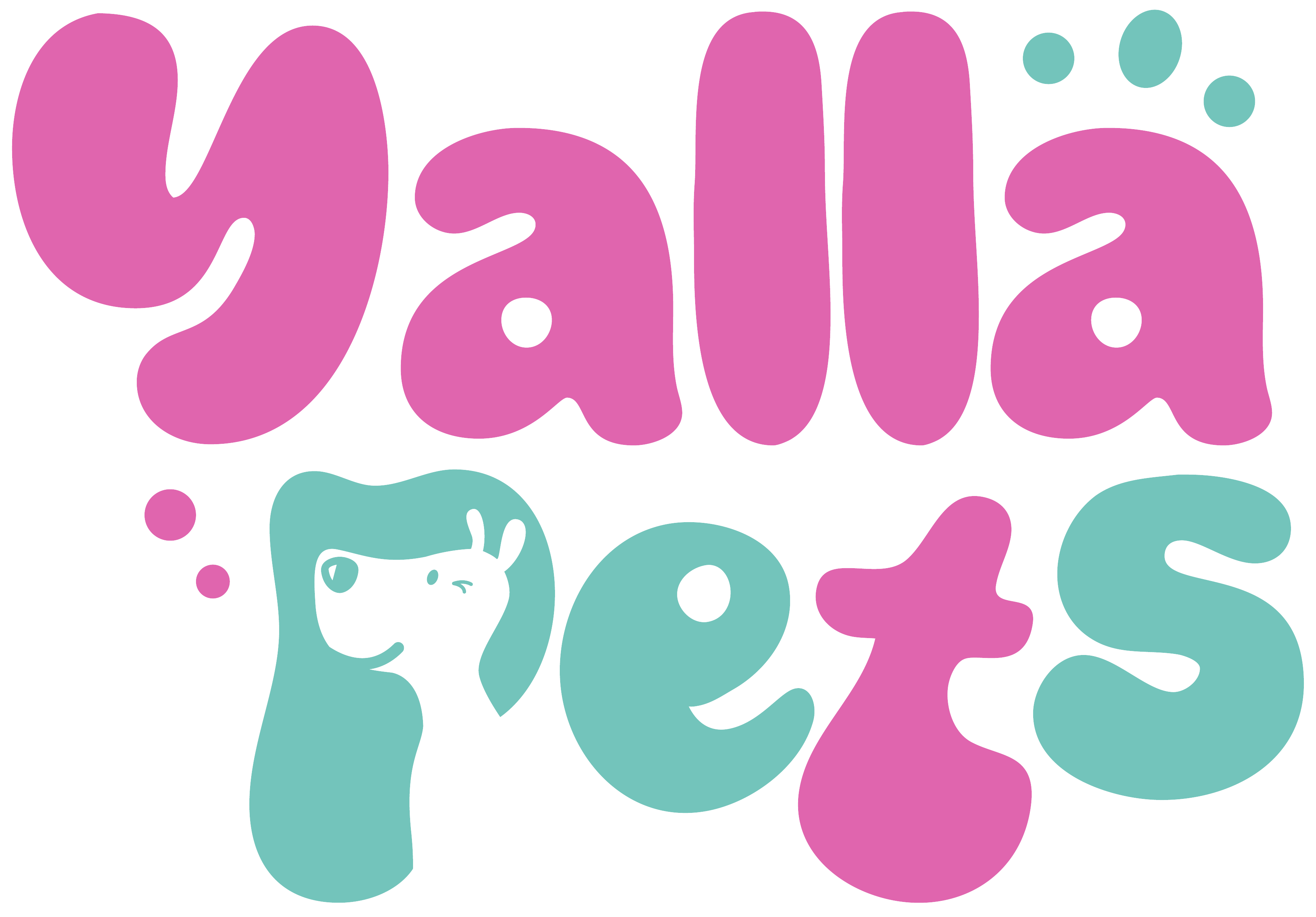
Dry vs. Wet Food: Which is Better for Your Pet?
Dry vs. Wet Food: Which is Better for Your Pet?
As pet parents, we all want the very best for our furry companions — and choosing the right food is one of the most important decisions we’ll ever make for them. Walk into any pet store or browse online, and you’ll find yourself faced with rows of shiny kibble bags and stacks of canned food. But the question remains: should you feed your pet dry food or wet food?
Both options have their champions. Some swear by the convenience and dental benefits of dry kibble, while others believe wet food is the healthier, more natural choice. The truth, however, is that each has its own pros and cons, and the “right” answer often depends on your pet’s unique needs.
---
🥩 The Case for Wet Food
Wet food has long been considered the tastier option — and pets would likely agree! Because of its rich aroma and soft texture, it’s often more appealing to dogs and cats, especially picky eaters. For senior pets or young kittens and puppies who struggle with chewing, wet food can be a lifesaver.
Another major advantage is hydration. Cats, in particular, are notorious for drinking less water than they should. A moisture-rich diet from wet food can help prevent urinary tract problems and support kidney health. Many wet foods are also high in protein and closer in texture to a pet’s natural diet.
However, there are trade-offs. Wet food is usually more expensive, and once a can is opened, it needs to be consumed quickly. It also doesn’t provide the same dental-cleaning effect that crunchy kibble does.
---
🥕 The Case for Dry Food
Dry food, or kibble, remains the most popular choice among pet parents — and for good reason. It’s convenient, budget-friendly, and easy to store. Busy owners love that kibble doesn’t spoil if it’s left in a bowl during the day, making it ideal for free-feeding.
Another bonus is dental health. The crunchy texture of kibble helps scrape away plaque and tartar, reducing the risk of dental disease — something that affects a large percentage of adult cats and dogs.
On the downside, dry food is much lower in moisture, which can be a problem for pets that don’t drink enough water. Some brands also use fillers or artificial additives, so it’s important to read ingredient lists carefully and choose high-quality formulas.
---
⚖️ Which One Should You Choose?
Here’s the truth: there’s no universal “best” option. The right food depends on your pet’s age, breed, health condition, and even personality.
- For kittens/puppies: Wet food can be easier to digest and chew.
- For seniors: Wet food helps with hydration and appetite.
- For healthy adult pets: Dry food offers convenience and dental support.
- For picky eaters: Wet food usually wins.
Many veterinarians recommend a combination feeding approach — mixing dry and wet food to give pets the best of both worlds. This way, your pet enjoys the hydration and taste benefits of wet food, while still gaining the convenience and dental support of kibble.
---
🛒 How to Pick the Right Food at Yalla Pets
When shopping for your furry friend, don’t just focus on whether it’s wet or dry — look for:
- High-quality protein as the first ingredient.
- No artificial colors, preservatives, or fillers.
- Life-stage formulas (puppy, adult, senior, indoor cat, active dog, etc.).
- Trusted brands that prioritize pet wellness.
At Yalla Pets, we stock a variety of premium pet foods — from crunchy dry kibbles to delicious wet meals — so you can choose what suits your pet best.
---
❤️ Final Thoughts
Whether you stick with kibble, choose canned, or decide on a mix, what matters most is giving your pet a nutritious, balanced diet that keeps them happy and healthy. Remember, every pet is unique — and the best food is the one that fits their needs, not just the trend.
👉 Ready to make the switch or explore options? Check out Yalla Pets’ collection of food and treats and find the perfect match for your furry family member.









